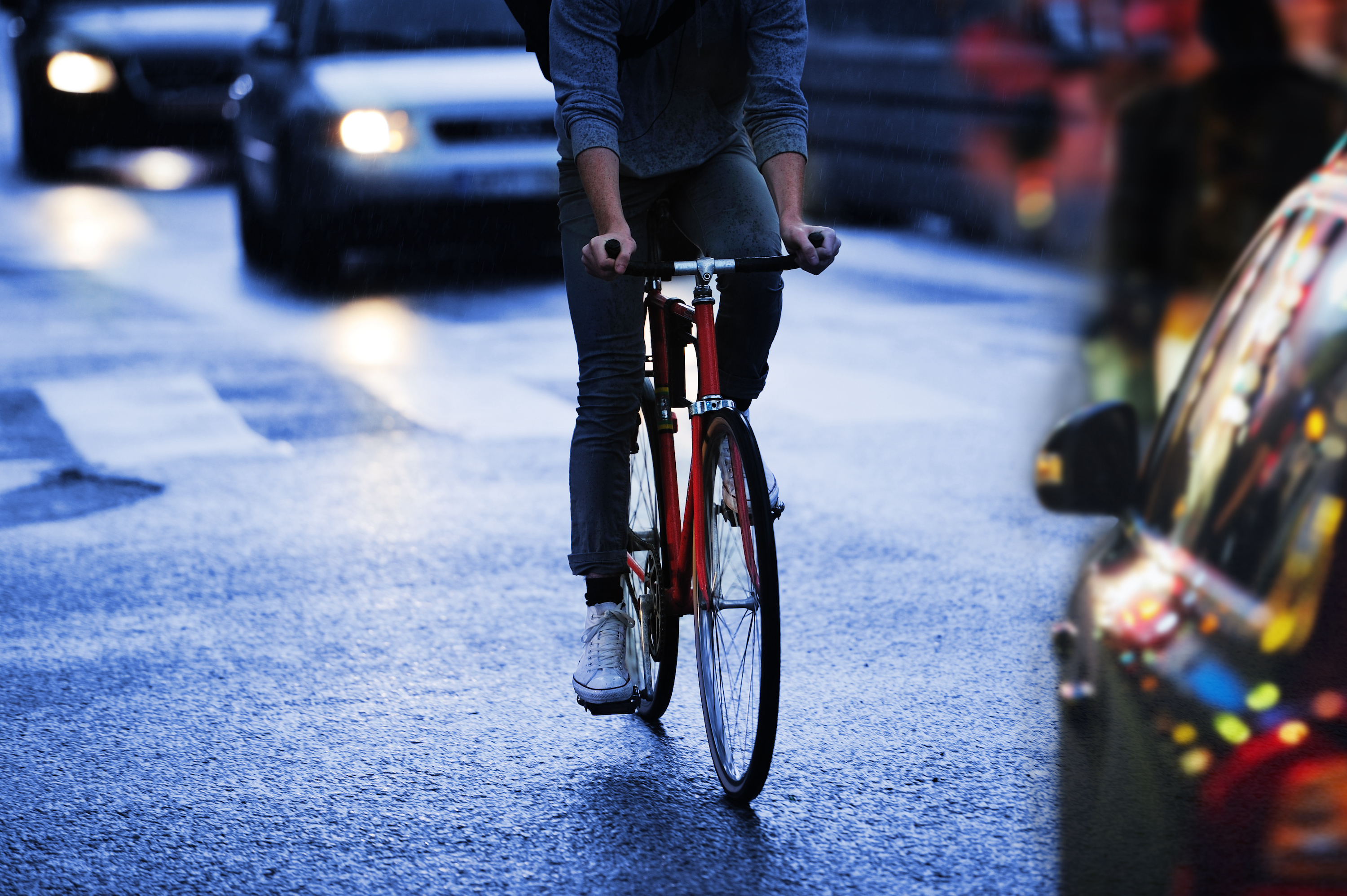Cyclists could wear smart glasses to receive messages from self-driving cars, suggests study
University of Glasgow researchers find that a new system is need to replicate "complex social interactions" between cars and cyclists


Self-driving cars need to learn the "language of cyclists" if roads are going to be safe, researchers from the University of Glasgow have said.
The team of human-computer interaction specialists have written a paper titled 'Keep it Real: Investigating Driver-Cyclist Interaction in Real-World Traffic', which suggests that more needs to be done in order to protect cyclists if self-driving cars [autonomous vehicles, or AVs] become more common.
“There has been a lot of research in recent years on building safety features into autonomous vehicles to help keep pedestrians safe, but comparatively little on how AVs can safely share the road with cyclists," Professor Stephen Brewster, of the University of Glasgow’s School of Computing Science, who led the research, said.
“That’s a cause for concern as AVs become more commonplace on the roads. While pedestrians tend to meet AVs in highly controlled situations like road crossings, cyclists ride alongside cars for prolonged periods and rely on two-way interactions with drivers to determine each other’s intentions."
“It’s a much more complicated set of behaviours, which makes it a big challenge for future generations of AVs to tackle," he continued. "Currently, self-driving cars currently offer very little direct feedback to cyclists to help them make critically important decisions like whether it’s safe to overtake or to switch lanes. Adding any guesswork to the delicate negotiations between car and bike has the potential to make the roads less safe.”
The team came up with a series of recommendations from their study, which start with the fact that for AVs to work safely "they must behave appropriately and understand human communications".
One sci-fi solution is for cyclists to wear "smart glasses" which AVs could communicate directly to, but this would obviously place the onus on the cyclist and not the car or its driver. According to the researchers 'multiple interconnected interfaces working as part of a single holistic interface' could mean that "AVs could send direct messages to cyclists wearing interfaces such as AR [augmented reality] glasses."
The latest race content, interviews, features, reviews and expert buying guides, direct to your inbox!
Self-driving cars could also better signal their intentions with displays integrated onto their exteriors, the paper suggests, giving information like their intention to turn, slow or accelerate.
The paper does, though, warn that designers of any car-to-rider 'interfaces' should "avoid overwhelming cyclists with unnecessary information, especially in scenarios where road users are moving."
The researchers set up two observational studies of road traffic in and around the city of Glasgow to learn more about how road users interact, in an attempt to find solutions to the problem.
The group watched 414 separate interactions between bike riders and motorists at five city intersections during busy periods in the morning and late afternoon, noting whether cyclists and drivers were aware of each other in adjacent spaces, how they indicated their intent for their next manoeuvre, how they negotiated who would move first, and how they communicated feedback once the manoeuvre was completed.
Physical and vocal cues were studied, as well as implicit cues like slowing down, to find out how the interactions worked.
The team also gave 12 volunteers eye-tracking glasses and head-mounted video cameras to cycle with, in order to find out what people look at during their journey.
"Taken together, these two studies showcase details of interactions between drivers and cyclists, and how bike riders use their eyes to make decisions about their movements, which haven’t been widely-observed in previous research,” Professor Brewster said. “Over time, these road users have developed a shared language which helps them safely negotiate shared spaces in traffic.
“Being able to identify the ways in which that language works will help guide the development of versatile new methods of communication with cyclists that are easily understandable in any traffic situation, reliably informative, and predictable.”

Adam is Cycling Weekly’s news editor – his greatest love is road racing but as long as he is cycling, he's happy. Before joining CW in 2021 he spent two years writing for Procycling. He's usually out and about on the roads of Bristol and its surrounds.
Before cycling took over his professional life, he covered ecclesiastical matters at the world’s largest Anglican newspaper and politics at Business Insider. Don't ask how that is related to riding bikes.